If you run a local business, it’s no longer enough that you advertise locally with print and vinyl banners. You now have to work on your online marketing strategy in order to drum up more business and grab yourself more customers.
In 2019, most of your customers are online. When they need a business like yours, they’re going to search for it on Google. Unless yours shows up on the first page of the reviews and has the solution they’re looking, you’re going to lose out to your rivals.
SEO is the answer. SEO is the process of optimizing your website so that it ranks on Google. The higher it ranks, the more visible it is to your customers. This means more traffic and more sales for you.
The best part? The cost of SEO does not have to eat your whole marketing budget if you know how to do it right.
So, let’s take a look at what you need to do to boost your local search rankings in 2019.
Claim Your “Google My Business” Listing
Before you do anything else, pop yourself over to Google My Business and follow the verification steps. You’ll be asked to send a postcard with your PIN, but once your store is verified you just need to optimize your listing by uploading photos, entering a strong description of what your business does, and adding your business hours.
Why do all this? Because once you’ve claimed your Google My Business listing, your business will show up on Google Maps. This will make you more visible, and it will also show customers exactly where you’re located.
Recommended: A Small Business Guide to Google My Business
Claim Your Business on Local Directories, Too
Get listed on local directors such as Yelp, Yahoo and CitySearch. They’re all totally free and they will all help to make you more visible on Google to more customers.
Once you’ve claimed your listings, don’t forget to optimize them. If there are reviews - both positive and negative - left by other customers, make sure to respond to them. On that note …
Add Reviews to Your Website
Online reviews are so important in 2019. 84% of your customers say they trust them, while Google uses online reviews as a ranking factor. Ergo, the more (positive) reviews you have, the higher you will rank. Moreover, people will start to trust you more and you’ll enjoy more customers.
Not sure how to get more reviews? Be direct and send existing customers an email a few days after they’ve bought your product/used your service. If your product is exceptional, they will be willing to leave reviews if they know how to.
Good news is that the chance of those customers coming back increases if you stay on top of your email marketing game. You can use the email marketing tool such as Smartrmail to send personalized offers to your customers. This can be a real game-changer for your local business. All you have to do is ask.
And don’t forget that reviews are one of the best examples of the word-of-mouth marketing, so not only will your business rank higher, but you’ll also have a chance to attract tons of new people to your website. Who wouldn’t want to kill two birds with one stone if it’s so simple?
Localize Your Title Tags and Meta Descriptions
The piece of blue text that shows up in search results? That’s your title tag. The text underneath, meanwhile, is your meta description. Both need to be compelling enough to convince the user to click on your page - and they both need to be localized.
Localizing your title tags and meta descriptions will help you reach more local customers. You’ll need to make them as relevant as possible to your location and your target audience. To this end, including the city you’re in, as well as the niche you serve.
Here’s an example of a localized meta description:
"Welcome to Bob’s Phones4U. Bob’s Phones4U is the leading mobile phone store in the Phoenix, Arizona area. We offer great deals on smartphones, Android’s …”
Add your main local keywords to both your title tags and your meta descriptions, too.
You might also find that you need to do more keyword research to find localized words and phrases.
Chase Local Links
Backlinks are going to be key to your SEO efforts going forward. A backlink is an inbound link from another (preferably related and authoritative) website. The more high quality backlinks you have, the higher you’ll rank. Why? Because it shows search engines that your content is trusted and valued by the online community.
To get links from other websites, you ordinarily need to launch a guest blogging campaign. This is where you publish valuable content on a related website and include a link back to your own site.
Local link building is the same. The difference is that you need to target local blogs and resource listings.
You can use your SEO tool to find citations that your rivals have already gained or you can also use Google to find local leads. For example, type in variations of the following:
[location] directory
[location] business directory
[location] business listings
[business type keyword] business listings [location]
From there, all you have to do is ramp you email outreach game and reach out to the people who can potentially help you out. A good way to start is to send personalized emails using a tool such as Moosend, and offer them a collaboration that’s hard to resist.
Recommended: How to Build High-Quality Backlinks for Your WordPress Blog in 2019
Create Localized Blog Content
Content marketing is alive and kicking. In fact, Seth Godin said that it’s the only form of marketing that’s even left.
A blog is a great way to build trust with your customers and position yourself as an expert in a particular niche. It’s also a great way to boost your visibility on Google and other search engines. If you learn how to create the ‘evergreen’ content for your blog, you can expect a consistent flow of new traffic to your blog in the long-term.
If you’re stuck for content ideas, here are some suggestions to help get you started:
How-to articles
Best-of lists
Local news stories
Product guides/catalogs
You should also look to create an FAQ page, too.
When creating your blog content, make sure to optimize it with long tail keywords. Long tail keywords are super specific, and they’re often the words and phrases your customers are using to find your business on Google. From now on, yours should be localized - for example, ‘best dentist in Houston’ - and you can use this resource to help you find and use more long-tail keywords.
And because so many of your customers will be using their mobile devices to access your website, make sure to optimize your content for mobile.
Final Thoughts
As you can see, local SEO doesn’t have to be so daunting. It’s all about optimizing your website so that you’re targeting local people. However, if you feel that this process can be challenging, don’t hesitate to reach out to the digital marketing agencies for help.
If you decide to do it on your own, remember that as long as you nail the content side of things, you’ve got the right product that people want, your SEO efforts will take care of the rest for you, making you more visible to the right people.
Related Posts
Kas Szatylowicz is a digital marketer and an SEO writer at Digital Olympus. She is also a blogger at kaswho.com
Connect with her on LinkedIn or Twitter at @KasSzatylowicz.
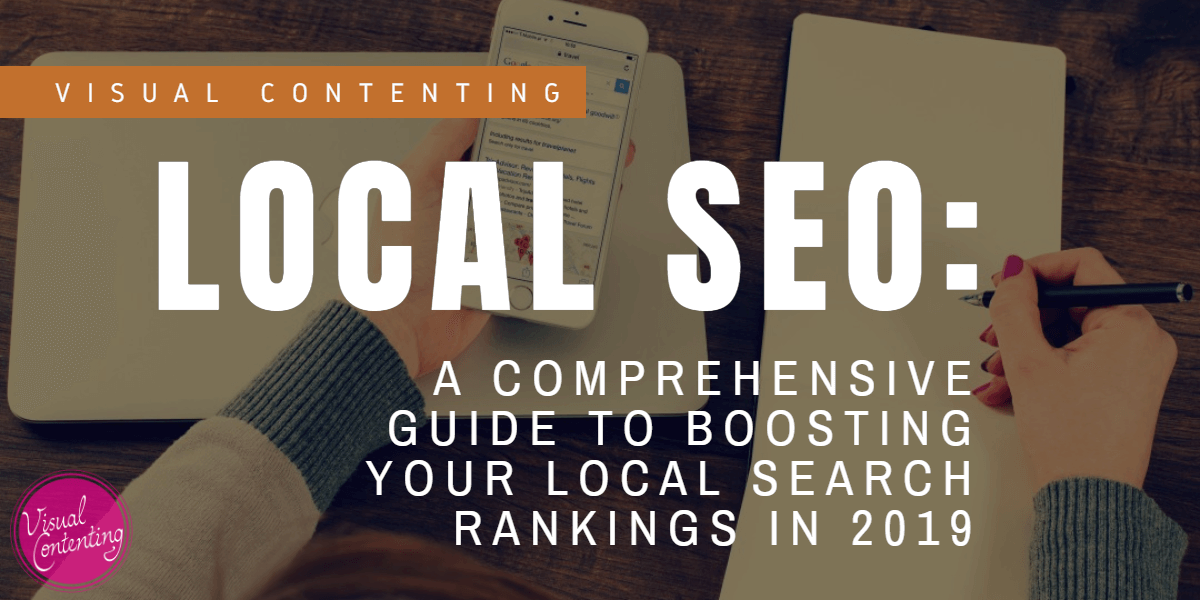
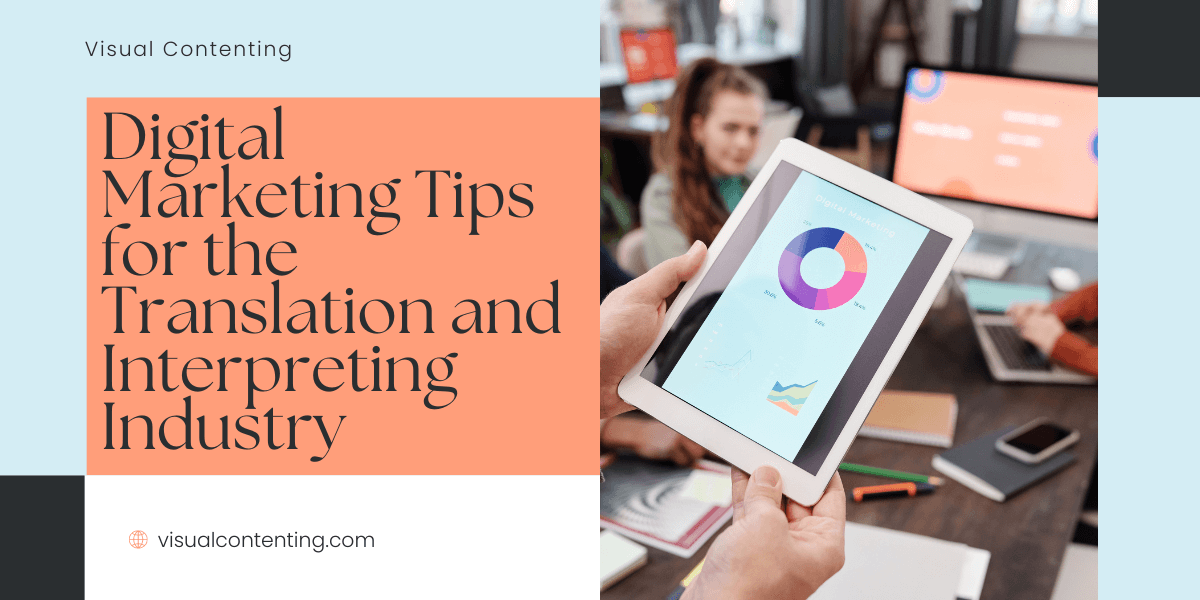
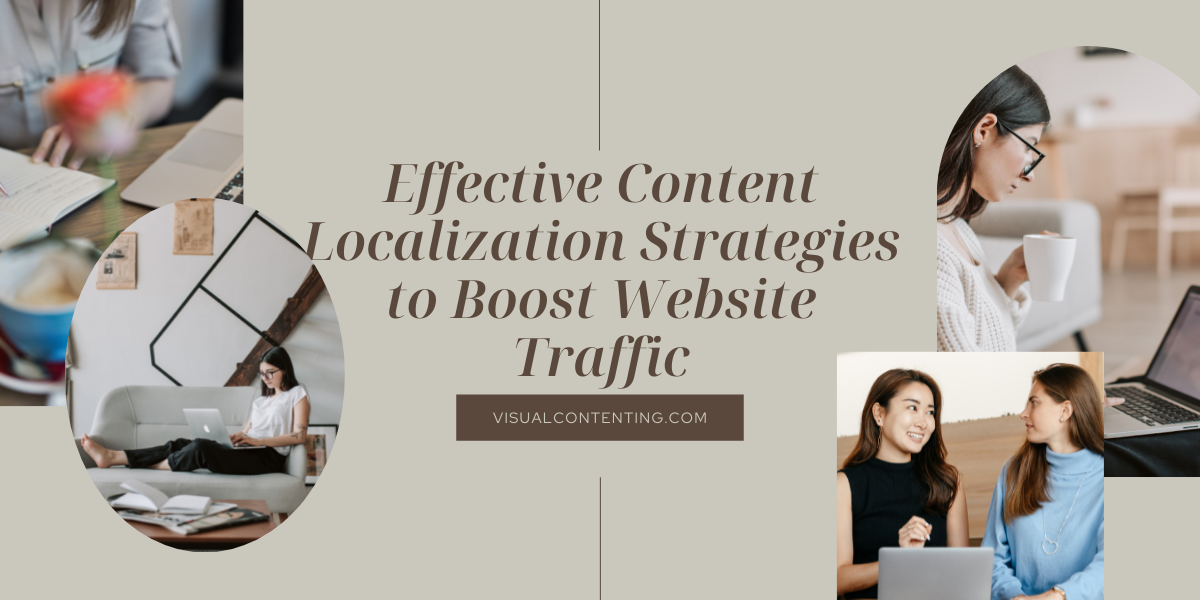
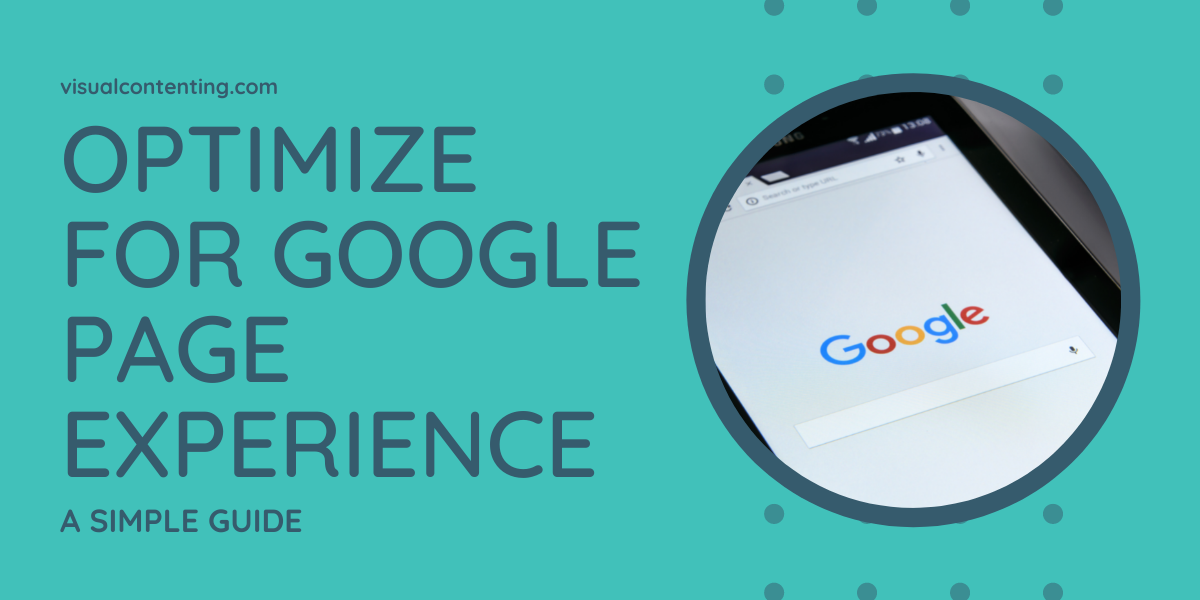



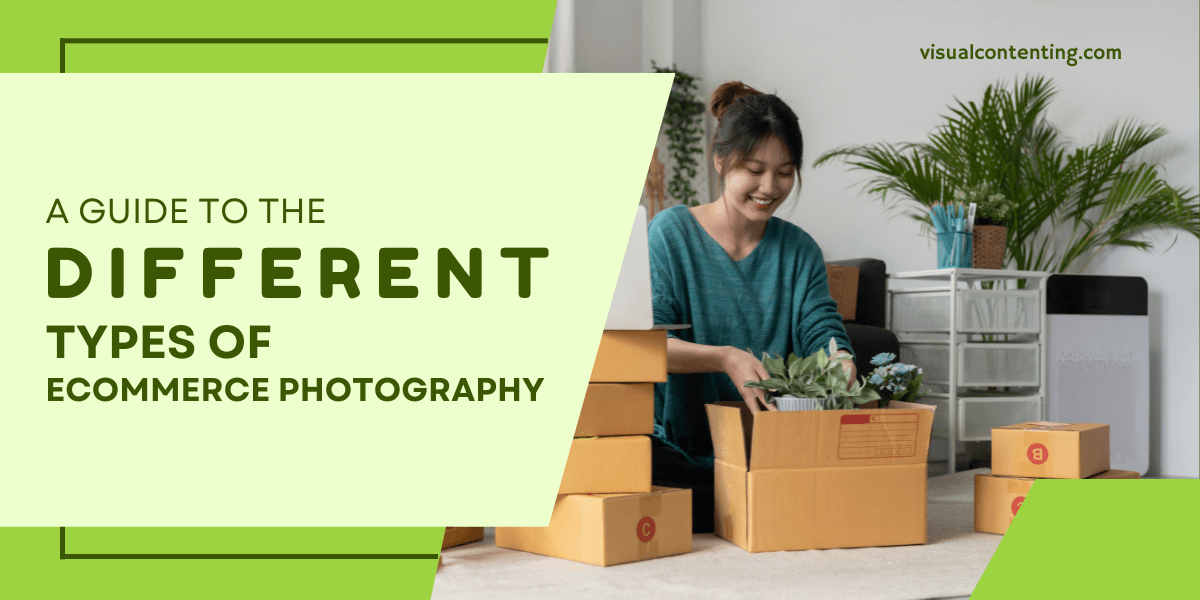
[…] Recommended: Local SEO: A Comprehensive Guide to Boosting Your Local Search Rankings in 2019 […]